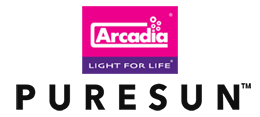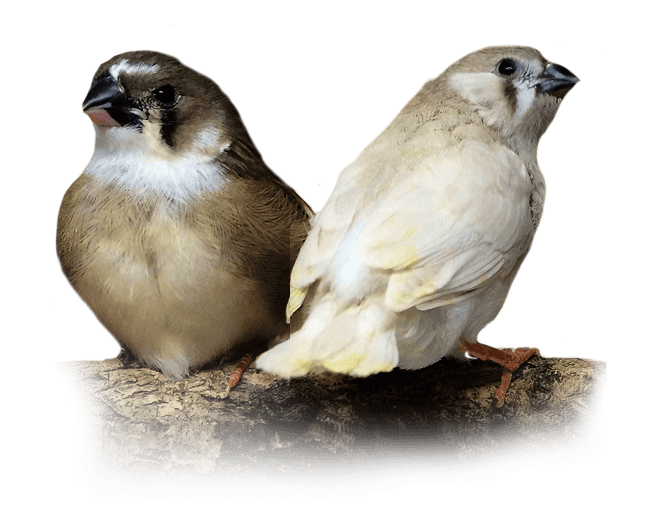Where you should place your light sources within the bird room?
When it comes to bird room lighting, it is essential that all light sources are placed above the bird. A bright light source hitting the bird side-on can cause eye irritation, which can lead to infection.
One of the easiest and safest ways to light a small cage is to use a compact fluorescent lamp. These self-ballasted, energy efficient lamps simply screw into any E27 lamp fitting. I suggest that the compact-style lamps are used over the top of the cage in either an angle-poised floor lamp or a pendant/reflector hanging from the ceiling.

Economical lighting: for blocks of breeding cages, placing a lamp and reflector across the middle of two cages will provide light and shade for both areas, recommends John.
As with captive reptiles, birds require a gradient of light. I recommend fitting your lighting over a quarter to one third of the living space; this becomes the “basking zone”. The rest of the enclosure will then have a gradient into shade. Birds are very able to ascertain the exposure that they require and they will move around the enclosure to regulate their exposure accordingly.
If your cage is 0.9m (3ft) wide, I would use a lamp and reflector that is 38cm (15in) long. All you need to do is decide whether the front-left or back-right is your preferred basking zone. Fit the lamp above the cage so that the lamp leads are out of the way of powerful beaks, but close enough for the bird to use the light. Ideally the lamp should be fitted no further than 46cm (18in) from the top of the cage.
It is essential that all the light sources are placed above the birds.
You should also place a perch in the basking zone. If you keep passerines or parakeets in wooden breeding cages, bird lighting can still be offered. Use a 46cm (18in) lamp and reflector over a 1.2m (4ft) twin. Fit the lamp and reflector to the bars centrally. This will then provide light and shade in two cages, but only uses one lamp. Please be sure to lower the perches and fit the lamp as far to the top of the cage as possible. This will then reduce the risk of eye-strain to the birds. Using the reflector places the light into the cage and also stops light shining into the birdroom.

In a cage or aviary, John recommends placing a perch in the ‘basking zone’.
A well-thoughtout, varied diet is essential for all birds. Seed, greenfood, nuts and oils are all essential for your birds to thrive. Good-quality supplements should be offered according to the instructions and a calcium source should be available at all times. Nothing can truly replicate the sun, as this would be impossible. Bird lighting will help, but a fluorescent lamp can never have the power that the sun would provide in the birds’ countries of origin.
Allow your birds to bask in unfiltered sunlight in the summer as much as possible and only when safe to do so; lighting is not a cure! It certainly helps keep birds in peak condition, but it is only one part of the arsenal that we need to perpetuate aviculture.

Replace old lamps
All lamps have limitations; one of these limitations is lifespan. Although good-quality light will still be emitted, the UV content of a lamp will have decreased monthly over the life of the tube. It is for this reason that we suggest Arcadia bird and reptile lamps are replaced yearly.
Article by our expert, John Courtney-Smith, for Cage and Avairy Magazine.













